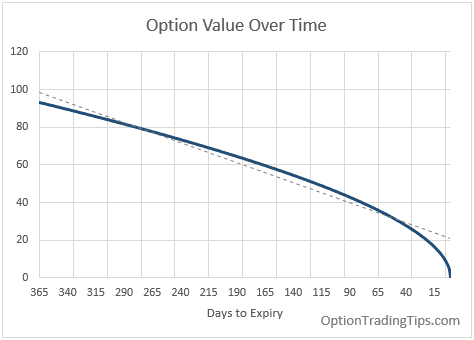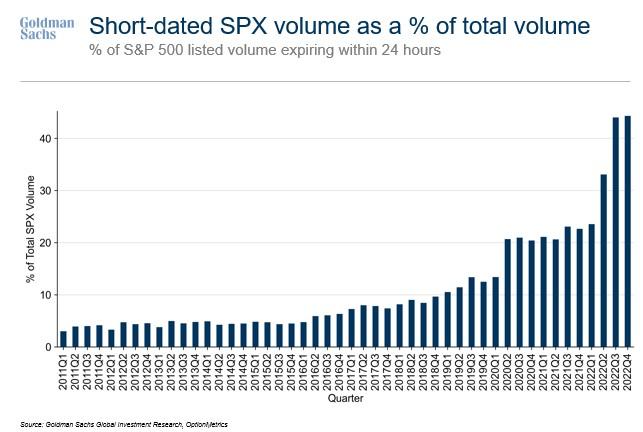
Darren Krett
Monday 19 December 2022
Theta
0
Comments (0)
Darren Krett
Monday 19 December 2022
Share on:
Post views: 26264
Categories
Glossary
MARGIN: Collateral deposited by a trader with the clearing house to ensure the integrity of his trades.
MARGIN CALL: A call from the clearinghouse to a clearing member (variation margin call), or from a broker to a customer (maintenance margin call), to add funds to their margin account to cover an adverse price movement. The added margin assures the brokerage firm and the clearinghouse that the customer can purchase or deliver the entire contract or security if necessary.
MARKET MAKER: An independent trader or trading firm which stands ready to buy or sell contracts in a designated market. Market makers perform duties similar to locals on commodity exchanges, the primary difference being that a market maker is obligated to make a two-sided (bid and ask) market in his designated contract.
MARKET RISK: Risk from changes in market prices.
MEAN: The average or expected value of a random variable
MEAN REVERSION: A tendency for a stochastic variable to drift toward a long-term mean
MIXED SPREAD: Any neutral spread which is not a vertical spread or a backspread. Usuallymixed spreads include more than two series of options or option series of varying expiration dates.
MODEL RISK: Risk from the misuse of financial models.
MODELING: The process of creating a depiction of reality, such as a graph, picture, or mathematical representation.
MONTE CARLO SIMULATION: A technique of simulation which uses many randomly or "pseudo-randomly" generated scenarios.
MULTIPLY LISTED OPTIONS: Options on the same underlying security traded on more than one options exchange.
NASDAQ: National Association of Securities Dealers Automatic Quotation system. An electronic quotation system that provides price quotations to market participants about the more actively traded common stock issues in the OTC market.
Negative Correlation Negative correlation indicates the stocks tend to move in the opposite direction of their mean. For example, when one stock is up, the other tends to be down. Negative correlation is measured from -0.1 to -1.0. Weak negative correlation being -0.1 to -0.3, moderate -0.3 to -0.5, and strong negative correlation from -0.5 to -1.0. The stronger the negative correlation, the more the stocks tend to be on the opposite side of their mean.
No Correlation When two stocks have a correlation between -0.1 and 0.1 there tends to be no relationship between the movements of the stock. This indicates a minimal relationship, or no relationship at all. Based on the data, there is no clear trend with the movement of the underlyings. Correlation can be helpful for managing our portfolio, but we have to be aware that when markets crash up or down, correlation can fall apart. With that said, it’s still important to keep it in mind when placing new trades. If we place 5 bullish positions in positively correlated underlyings, we don’t really have any diversity at all!
NEUTRAL SPREAD: A combination of long and short option positions (or stock and option positions) in which the net theoretical value changes very little for small changes in underlying stock prices. This is a position in which the holder is theoretically indifferent between an uptick and a downtick in the underlying stock.
NEUTRALITY: A characteristic of a position. A position is neutral if it is neither a long nor short delta position. (The same can be said for the other Grecks.)
NEW YORK STOCK EXCHANGE: NYSE-also known as the Big Board. More that 2,000 and the largest.common and preferred stocks are traded. The exchange is the oldest in the US, founded in 1792.
NOMINAL PRICE (or NOMINAL QUOTE): The price quotation calculated for futures or options for a period during which no actual trading occurred. These quotations are usually calculated by averaging the bid and asked prices.
NORMAL DISTRIBUTION: Fully described with two parameters-mean and standard deviation-it is a continuous, bell-shaped distribution which is symmetric about its mean and car take on values from negative infinity to positive infinity.
NOTIONAL AMOUNT: The quantity of an underlier to which a derivative contract applies.
NOTIONAL VALUE The notional value of a position is the real amount at risk, excluding margin relief. If we own 100 shares of stock at $50.00 per share, we have $5000 of notional value at risk. If the stock price drops to $0.00, we stand to lose $5000. In a margin account, we are offered 2:1 leverage on stock purchases. What does this mean? Basically, that same 100 shares of stock would only require $2500 of capital to purchase. What we have to remember is that we still have that same $5000 of notional value. In other words, we only have to put up $2500 at first, but if the stock price goes to $0.00 we still lose $5000.
Understanding the difference between leverage & notional value is one of the most important concepts to learn
OPPORTUNITY COST: A factor in the pricing of an option, as a function of the prevailing level of interest rates.

Darren Krett
Monday 19 December 2022
0
Comments (0)

Darren Krett
Wednesday 2 November 2022
0
Comments (0)